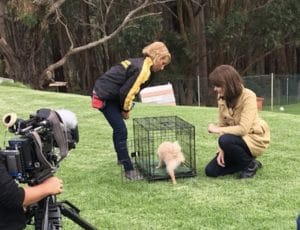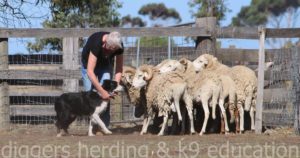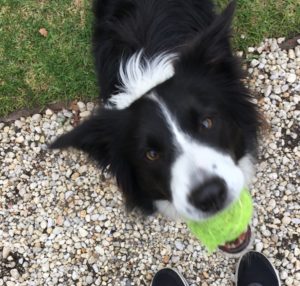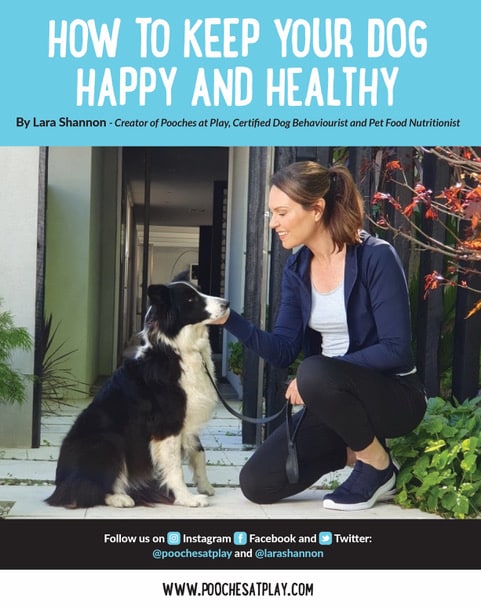

Territorial Barking is a common dog behaviour problem and I am often asked how to deal with dogs barking at people, other dogs or cars passing by the home.
We do need to remember though that some barking is important dog behaviour, and some breeds are prone to bark more than others.
This kind of territorial barking is very normal for dogs, so we want to make sure that we aren’t punishing them, or using things like anti-bark collars. They are just doing their job and alerting us to potential danger.
In some dogs, it could also be anxiety related, so you need to address that underlying issue first by removing them from stressful situations, using calming products, medication and seeking the help of a qualified trainer or Vet behaviourist.
Many dogs are also having the opportunity to rehearse territorial barking a lot when you aren’t at home, which means it’s being reinforced, so it occurs with more intensity and frequency.
That’s why the first step is to try and prevent them from having the opportunity to bark at their triggers in the first place.
1. Keep your dog away from the windows or whatever environment it tends to occur in.
2. If you leave your dog in the front yard and they bark, then put them in the backyard or bring them inside.
3. Mask any noises that may trigger them by turning on the radio or TV, pull down blinds or put up some screening. Dog TV can help relax them as well. You simply can’t allow them to keep practising the unwanted behaviour.
4. Territorial barking can also be managed by teaching them an alternative behaviour when they see their trigger approaching the house, such as “Quiet” or “Come”, or place training.
What you don’t want to do is be shouting at them constantly, or they may just interpret that you too are joining in their barking and are feeling threatened.
I like to use the word “come” to recall my anxious dog Vindi to disengage him from the trigger, and draw him away from the environment, so I can then reward him with a treat for responding to his cue.
Plus, he’s also now being quiet so it is reinforcing the desired behaviour. This is at the heart of positive reinforcement training.
You must make sure you get the timing right and don’t reward them while they are still barking, which is why I like the alternative command, so there’s no room for error.
As with any training, you must practice this multiple times during the day over a period of time with no triggers passing, then slowly build up the distractions.
Also practice on lead, in case you gently need to guide them away, until they are reliably coming back to you.
Have a hierarchy of different treats on your desk or in your pocket, so you can pull out the ones they love most when they respond super quick.
If you practice this enough, you may even find that when they see a trigger approaching, they will start to automatically look over or even come running to you without the verbal cue. That’s our end goal.
If you are having problems with other excessive barking, it could be due to Separation Anxiety or a dog that needs more activity to help prevent boredom. Learn more about the different reasons for barking issues here.
You can check also out the Vitapet website to arm yourself with a hierarchy of treats that are perfect for training, as well as other helpful tips and tricks.
About the Author: Lara Shannon is a certified dog behaviourist and trainer, pet food nutrition specialist, Executive Producer and Host of Pooches at Play on Channel 10 and editor of Poochesatplay.com. Lara also runs her own dog training business in Melbourne’s Bayside area and is the Author of World of Dogs and Eat, Play, Love Your Dog

The benefit of interactive toys for dogs


The benefits of crate training your dog

How herding training can help with dog behaviour issues

Does your dog have a ball obsession?

Receive a FREE copy of the E-Book “How to Keep your Dog Happy & Healthy”


Get your paws on Lara Shannon’s best selling books ‘Eat, Play, Love (your dog) and World of Dogs.
Available in Australia, USA, UK and Canada.